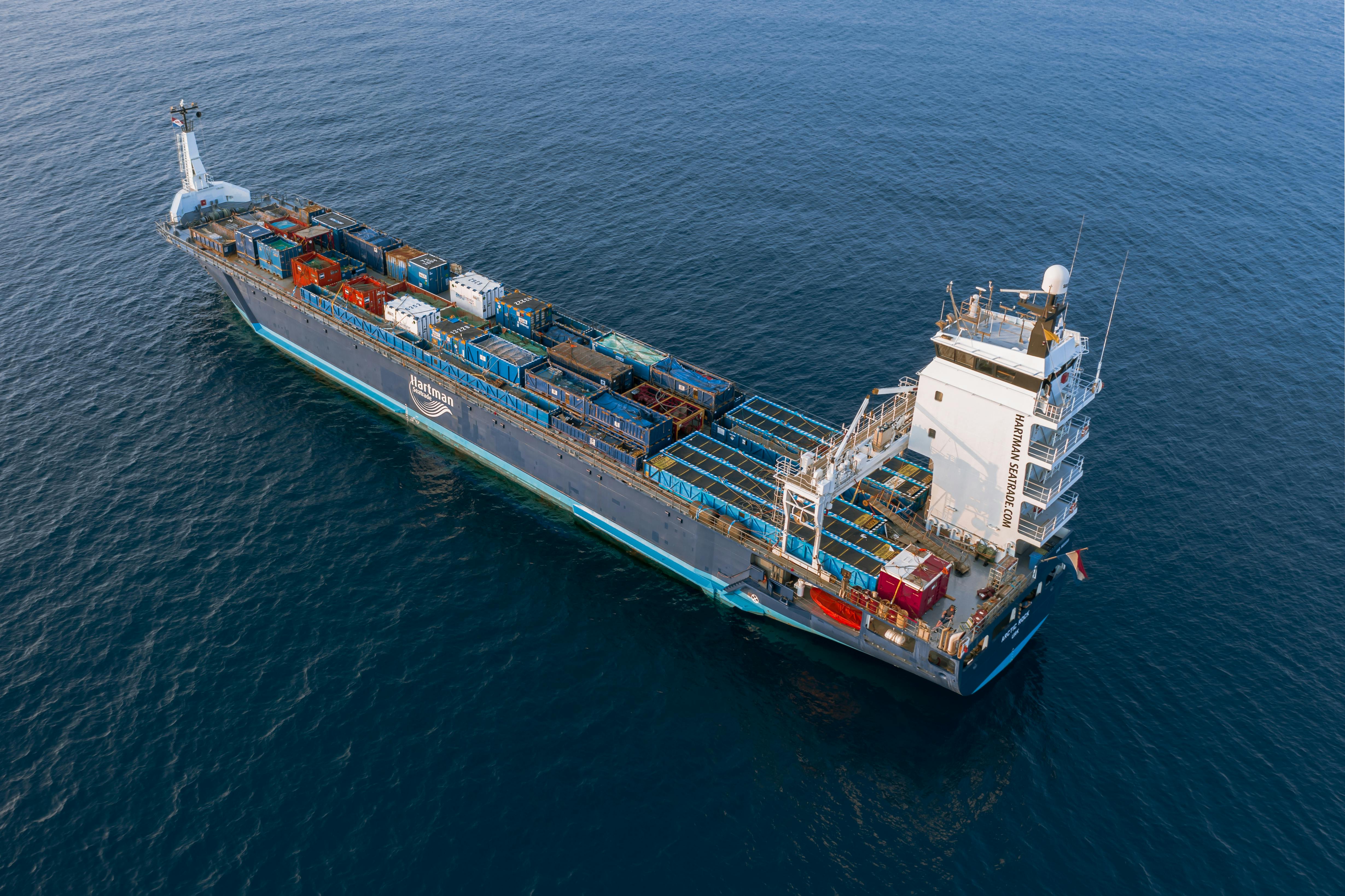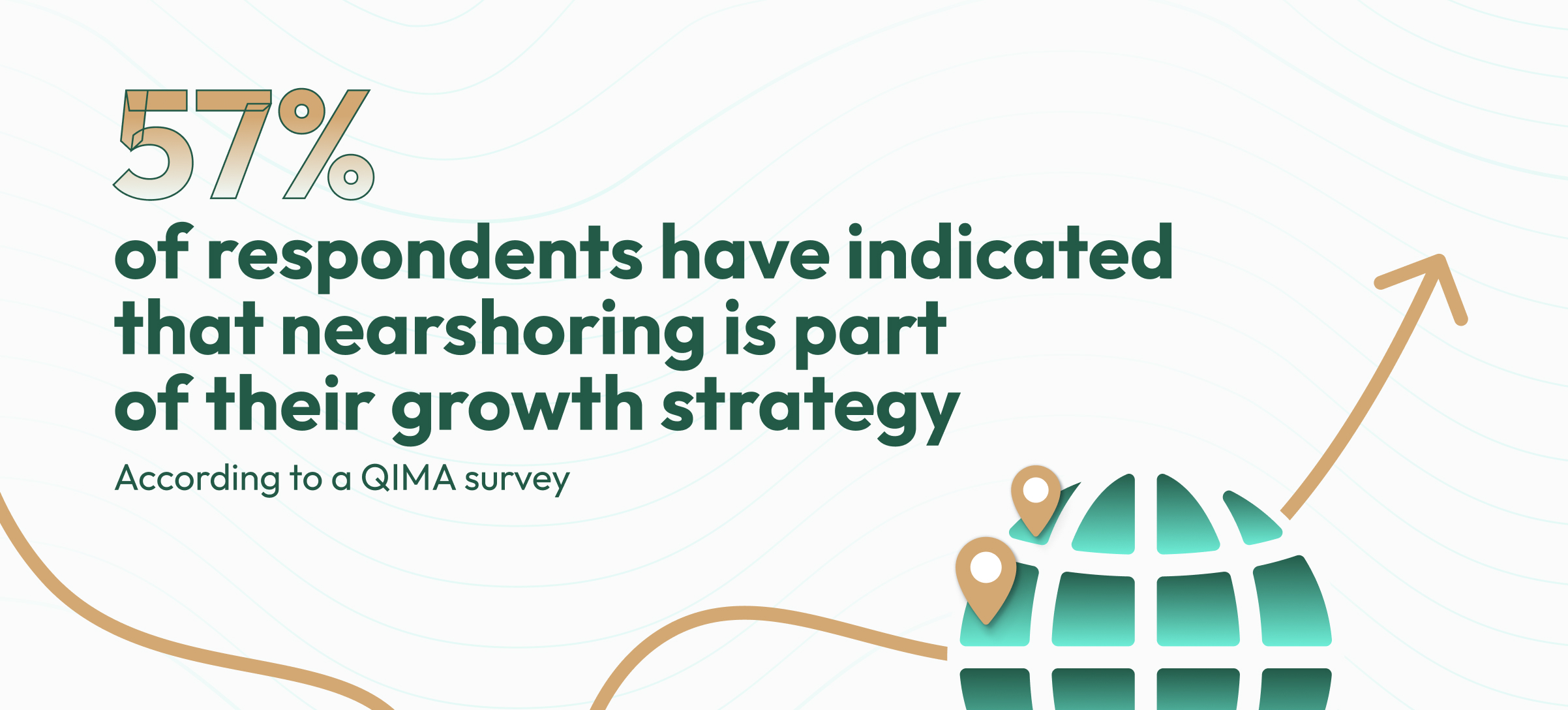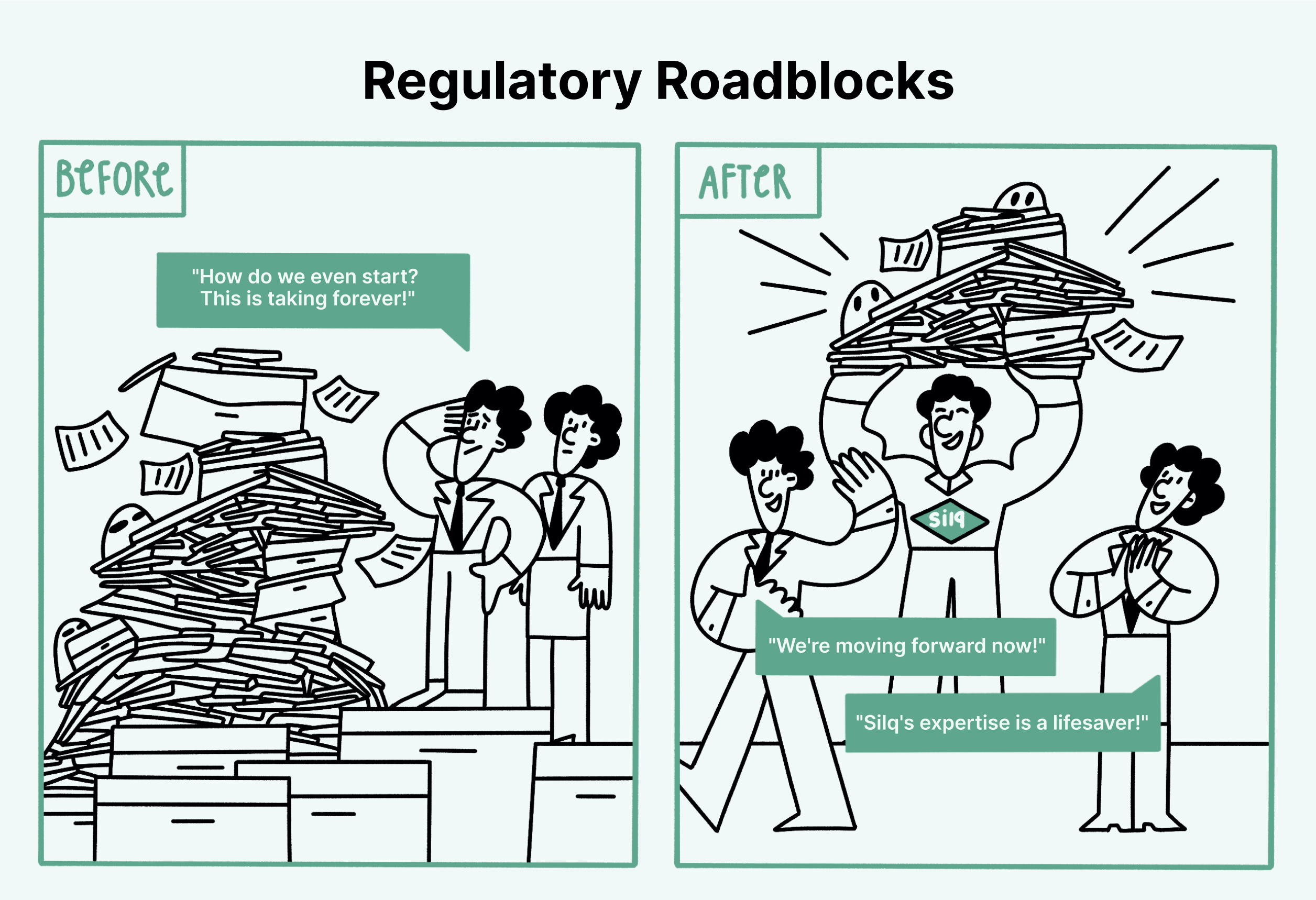The Role of Local Knowledge and Boots on the Ground in Transition Sourcing to Emerging Markets

In an era marked by unprecedented global disruptions — from the COVID-19 pandemic to geopolitical tensions — companies worldwide are reevaluating their supply chain strategies to mitigate vulnerabilities. A significant trend emerging from this reassessment is the shift towards reshoring and near-shoring operations.
According to a Bloomberg report, nearshoring by American firms has grown 216% year-over-year since 2022. This strategic pivot aims not just to bring production closer to home but also to diversify supply sources by tapping into emerging markets. However, transitioning to new geographies comes with its unique set of challenges, primarily due to the unfamiliarity with local market dynamics, regulatory environments, and logistical nuances.

A growing number of companies are recognizing the importance of reshoring to enhance their supply chain resilience. This movement is not just about reducing geographic risks but also about leveraging the agility and innovation that local markets offer. Yet, for many, the journey into new or emerging markets is fraught with unknowns, often resulting in delays, cost increases, and related inefficiencies that can undermine the potential benefits.
Enter Silq, a company that stands at the forefront of facilitating a smooth transition for businesses venturing into these new territories. Silq’s unique solution leverages localized insights and boots-on-the-ground teams to help customers navigate the complexities of emerging markets. This approach not only mitigates the risks associated with such transitions but also turns potential challenges into opportunities for enhanced predictability and performance.
The Strategic Pivot: Embracing Nearshoring in Uncertain Times
The move towards nearshoring represents a significant shift from the traditional cost-centric outsourcing models that have dominated the past decades. This transition is driven by the need for greater control over supply chains, reduced lead times, and the desire to mitigate risks associated with geopolitical tensions, trade disputes, and global pandemics.
“[Our] latest survey indicated that 96 percent of CEOs are, at a minimum, evaluating the potential to reshore their operations, an increase from 78 percent in 2022, with most already having decided to reshore, or already reshored,” according to Kearney’s 10th Annual Reshoring Index Report.
While nearshoring often implies a return to or an increase in manufacturing and operations within a company's home region, it also opens doors to emerging markets closer to home. These markets offer fresh opportunities for growth, innovation, and sustainability.

For example, nearshoring in regions like Mexico presents distinct advantages, including access to skilled labor, favorable trade agreements, and geographic proximity to the United States, which can significantly streamline cross-border supply chains. According to a QIMA survey, over half (57%) of respondents have indicated that nearshoring is part of their growth strategy, a sentiment reflected in the 30% growth of industrial space in Mexico since 2019.
The push towards nearshoring is not merely a tactical response to recent global disruptions but a strategic endeavor to build more resilient supply chains. By bringing operations closer to home, businesses are not just aiming to reduce transportation times and costs but also to create supply chains that can withstand future shocks and stresses.
Uncharted Waters: Overcoming Transition Challenges
As companies embark on the journey to reshore or near-shore their operations, they often encounter a host of challenges. The allure of closer geographic proximity and the promise of reduced supply chain vulnerabilities come with the task of navigating unfamiliar regulatory landscapes, cultural differences, and local market dynamics. These initial barriers can significantly impact the timeline and cost efficiency of setting up operations in new territories.
One of the primary obstacles in transitioning to new geographies is the complexity of local regulations and compliance requirements. Each country has its own set of rules governing manufacturing, labor, environmental standards, and trade. Without deep local knowledge, companies can find themselves facing delays, increased costs, and potential legal challenges. Additionally, logistical complexities, such as establishing reliable local supplier networks and optimizing distribution routes, add another layer of difficulty to the process.
Underestimating the challenges of entering new markets can lead to significant inefficiencies and increased operational costs. According to a survey highlighted by Supply Chain Dive, many companies embarking on reshoring initiatives face unexpected delays and budget overruns. These setbacks stem from a variety of factors, including gaps in local market understanding, supply chain redesign complexities, and the time required to achieve full operational capacity.
Stepping into New Grounds: A Footwear Company's Journey to Global Expansion
Meet "StrideForward," a footwear company known for its innovative designs inspired by casual comfort. As StrideForward's popularity soared globally, the decision to move their manufacturing operations to a more cost-effective and strategically located emerging market became inevitable. This move was aimed at not only reducing production costs but also at positioning the company closer to raw material sources and burgeoning markets. However, the transition to unfamiliar territory was fraught with uncertainties and challenges that threatened to disrupt their carefully balanced supply chain.
Encountering New Terrain: A Labyrinth of Challenges
As StrideForward embarked on its new venture, several obstacles quickly surfaced:
- Navigating Local Customs: Understanding and integrating into the local business culture and customs proved more challenging than anticipated, leading to miscommunications and delays.
- Regulatory Roadblocks: Navigating the complex web of local regulations and compliance requirements became a herculean task, causing further delays in setting up operations.
- Quality Control Quandaries: Production flaws were not being detected in a timely manner, resulting in costly recalls and damage to the brand's reputation. These defects slipped through due to a lack of stringent quality control measures in the new manufacturing environment.



Tailored Solutions: Silq's Role in Smoothing the Path
Silq stepped in as a strategic partner for StrideForward, addressing each challenge with precision and local expertise:
- Bridging Cultural Gaps: Silq's local teams, with their deep understanding of the market and business practices, facilitated smoother interactions with local suppliers and regulatory bodies, ensuring that StrideForward could effectively integrate into the new market without cultural and communication barriers.
- Navigating Regulatory Complexities: Leveraging their comprehensive knowledge of local regulations, Silq guided StrideForward through the legal landscape, ensuring compliance and significantly reducing setup times.
- Revamping Quality Control: Implementing on-site pre-shipment inspections, Silq's experts were able to identify and rectify production flaws before the shoes ever left the factory floor. This immediate feedback loop allowed StrideForward to address quality issues swiftly, restoring confidence in their product's reliability and safeguarding the brand's reputation.
Through Silq's intervention, StrideForward not only overcame the initial hurdles of their supply chain transition but also established a robust, efficient, and responsive manufacturing base in the new market. The collaboration with Silq transformed what began as a challenging venture into a strategic advantage, enabling StrideForward to step confidently into its next phase of global expansion.
Navigating New Horizons with Confidence
In an age where agility, resilience, and sustainability are more than just buzzwords — they're imperatives for success — companies must adapt to thrive. The shift towards reshoring and near-shoring, driven by the desire to mitigate risks and capitalize on new opportunities, exemplifies this need for adaptation.
Silq emerges as a pivotal partner in this journey, offering localized insights and boots-on-the-ground support that transform the daunting task of entering new markets into a strategic advantage. From navigating the complexities of local regulations to ensuring the highest quality standards, Silq's solutions address the multifaceted challenges companies face when expanding their operations. As the global landscape continues to evolve, the ability to adapt and innovate will define the future of supply chains. For businesses looking to navigate these new horizons, partnering with Silq offers a path forward — marked by efficiency, predictability, and resilience.
Ready for Supply Chain Predictability?
Importers using Silq ship smarter, safer, and with total control.







